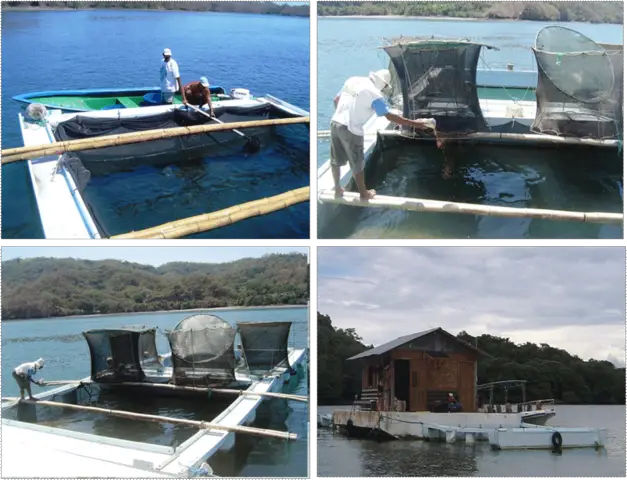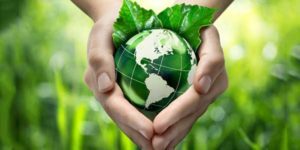A new activity is being developed on the Costa Rican coasts called marine farms, which seek to become an alternative to traditional fishing. The project consists of the construction of a cage where the fish go for a period of one year, while they stay in fattening until they reach a pound and are ready for sale.
The initiative is promoted by the Marine Park of Puntarenas with the support of other institutions such as the National University (UNA) and the University of Costa Rica (UCR).
“The Marine Park has a fish production laboratory, where we take reproducers from the environment, there we develop a technology of how to reproduce them, similar to what is done with cattle, with chicken and, once we have them between 1 and 2 grams, we let them go to the farms”, explained Jonathan Chacón, Master in Marine Coastal Sciences, the person in charge of this project.
To be able to choose to have a marine farm, several requirements must be met. Mainly, it is aimed at artisan producers and it is necessary to form an association or cooperative.
Likewise, it is necessary to have the economic resource to start with the project, and in this case institutions such as the Mixed Institute for Social Assistance (IMAS) requests that it be families in poverty or extreme poverty. Another type of financing can come from the Bank for the Rural Development Institute (Inder).
“The group that is organized has to be consolidated, then presents the documentation where the request is made to the park and analyzed there, we have studies that show that the structure is profitable, so we make an exhaustive review of each case”, commented Chacón.
Each project can benefit 10 different families, but at the same time, it can generate other occasional jobs that would help some 20 families indirectly.

“The group must have a person who is taking care of the 24 hours, for some type of theft, and you can also do tours to demonstrate how these farms work, so it is important that they are places where they have a good influx of tourism“, the expert mentioned.
These types of farms have been developed in places such as Paquera, Gulf of Nicoya, San Lucas Island, among others. “The crops can be anywhere in the Pacific coast of the country as long as they have biological, environmental conditions such as there is not much swell, wind, with good depth, that there are no river mouths that can change salinity and contamination. You can make a good shelter and that can be combined with tourism”, said Chacón.
In the case of the Marine Park, it works with spotted snapper and studies with a cooperative the possibility of implementing shrimp in floating tanks; For its part, the UNA has developed projects with oysters, and the State University at Distance is exploring with mussels.

